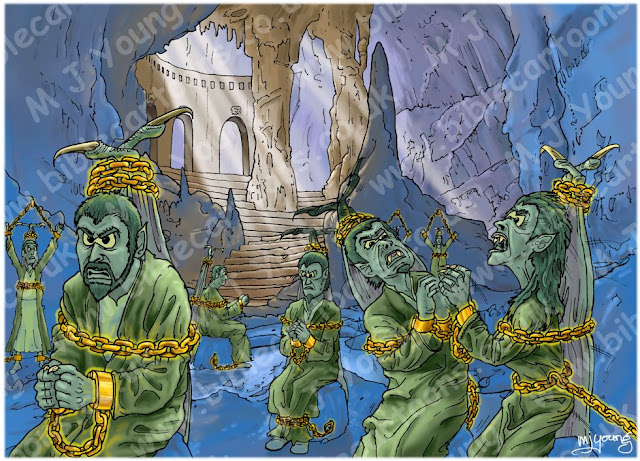Is the Book of Jude a Rip-Off of 2 Peter?

The Epistle of Jude is one of the shortest books of the Bible, but it is certainly not short on theology. Jude is a book of both hell-fire and damnation and spiritual encouragement. In only one chapter of twenty-five verses, the epistle addresses the fate of false teachers in vivid terms and gives the faithful a call to persevere in the face of doubt and persecution. These themes can be found elsewhere in the Bible, particularly in the New Testament. However, there are some rather striking similarities between Jude's epistle and the second chapter of 2 Peter that have led some to believe that one drew directly from the other. From the get-go Jude seems to borrow straight from 2 Peter when he talks about "godless" teachers secretly slipping in among members of the church and spreading false doctrine (Jude 1:5). This echoes Peter's warning in 2 Peter chapter 2 verse one. [1] But there were also false prophets among the people, just as there will be false teache...



